Technologies have changed the way we live and interact. As just one example, I personally am happier that I don’t have to pull out a map every time we go on a road-trip. I allow the car navigation voice to argue with my spouse over which way to turn. I love being able to answer just about any small niggle question like how many Apollo missions were there, by simply checking with Alexa. This same technology advancement has been slower in Health and in Medtech than it has been in other fields.
I recently attended the Global MedTech conference in Nuremberg where tech meets healthcare, and I was again impressed with all the ways we can improve people’s lives and help simplify and streamline processes for those that care for us. Some highlights I reviewed included:
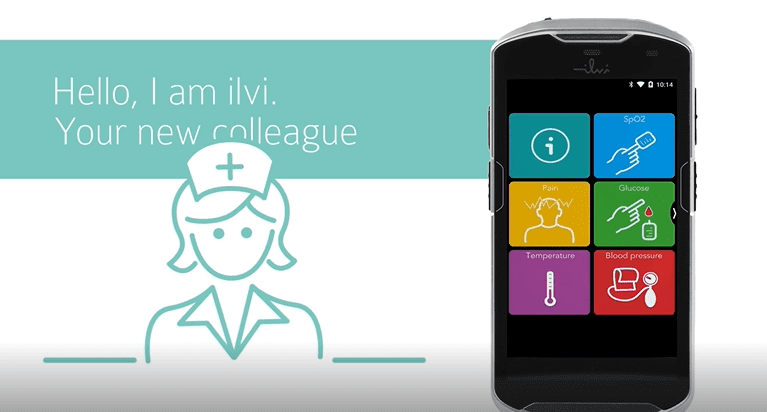
ilvi
Recognized at MedTech as a top innovator. The device is a cool looking catchall Gameboy type device (a retro reference) that allows for a nurse or doctor to track everything about a patient. Ilvi develops and sells mobile software systems for use in hospitals as well as in general care management. It tracks everything from temperature, blood pressure, pulse and blood oxygen and even tracks incidences of handwashing - massively simplifying exhaustive paperwork and computer entries for caregivers allowing more time with a person to give them care such as asking, "how are you feeling today?"
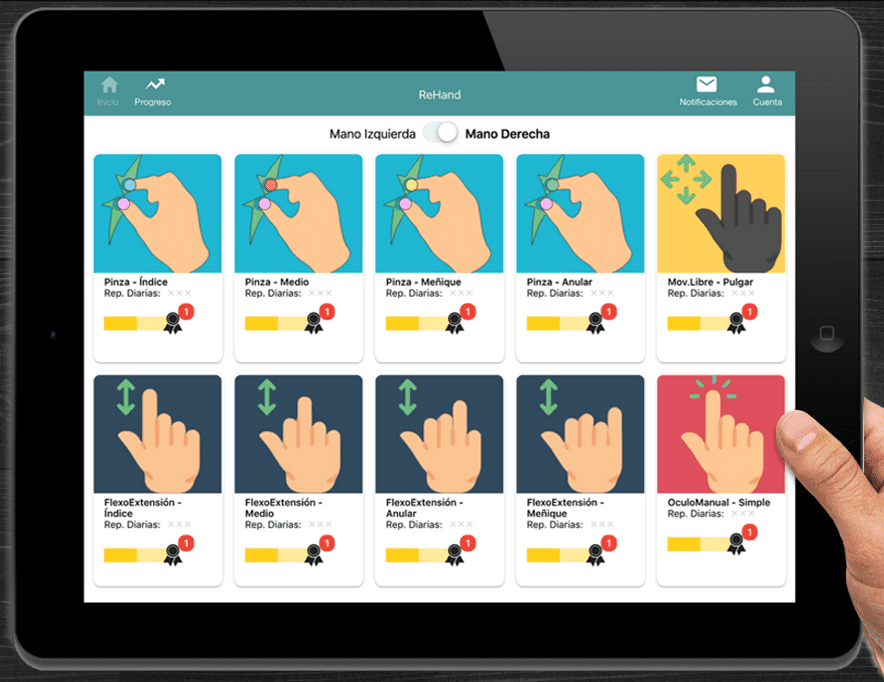
Rehand
A digital tablet solution for evidence-based rehabilitation of the wrist. Creating a new medical device out of digital tablets, this was an interesting extension of an existing device.
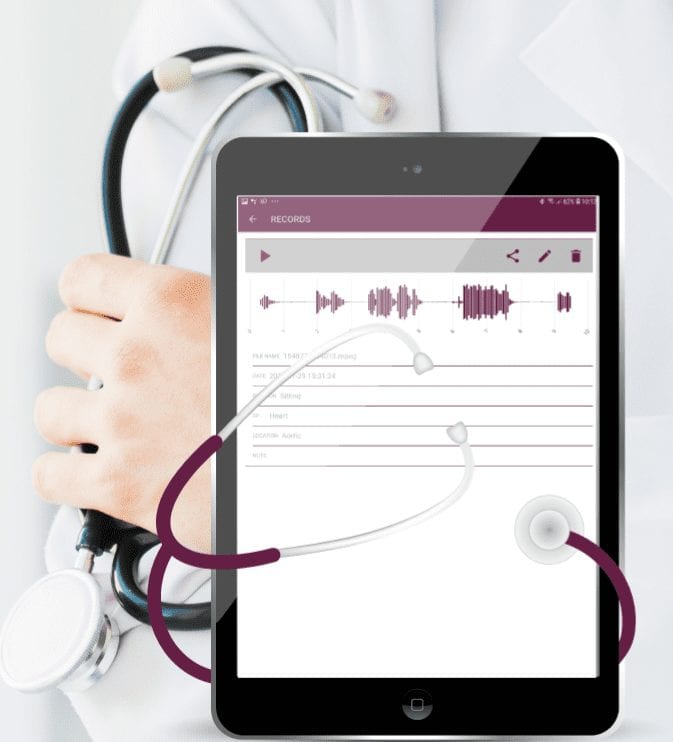
Sone
Devices which use filtering and amplification to improve the sounds detected by stethoscopes, digitizing the sounds for improved diagnosis. Knowing a doctor can get input from other colleagues on what they might be hearing seems like a logical improvement of an older diagnosis instrument, and certainly an improvement.
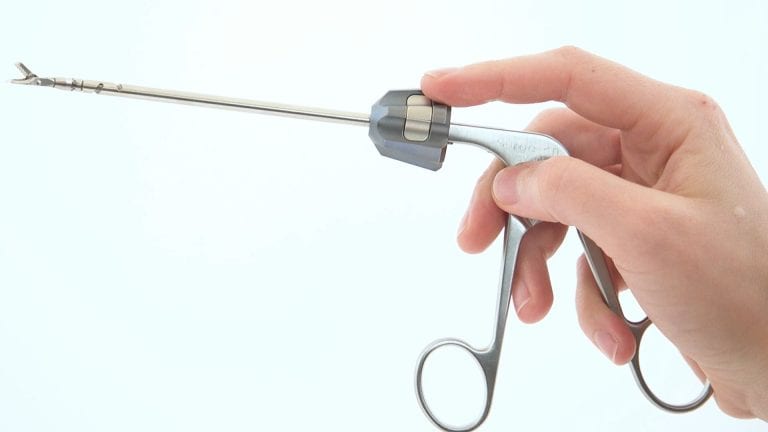
Surge On
Minimally invasive instruments to empower surgeons - basically robotics that are truly out of the future. No worries about a surgeon's hand tremoring.
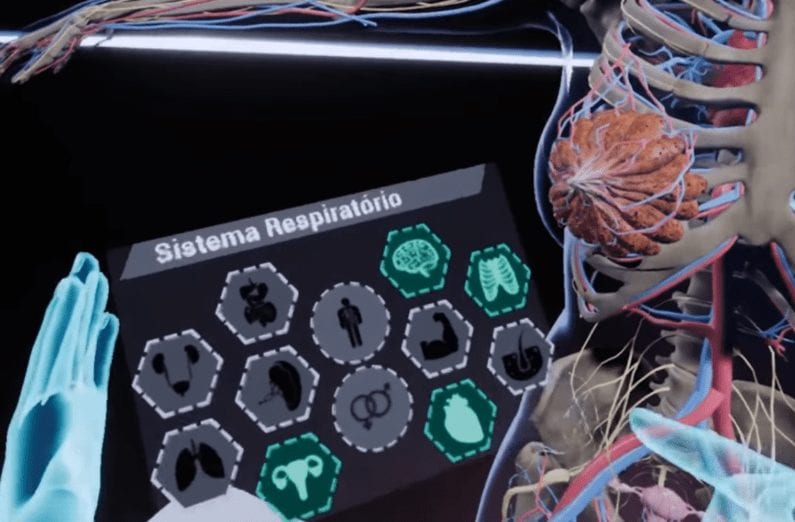
Medroom
An incredible virtual reality lab that allows students to operate on virtual patients, practicing their technique as if working on real people. This had true potential and I suspect will be prevalent in all schools and hospitals in some form in the near future. Again, an extension of existing technology used in other forms of training.
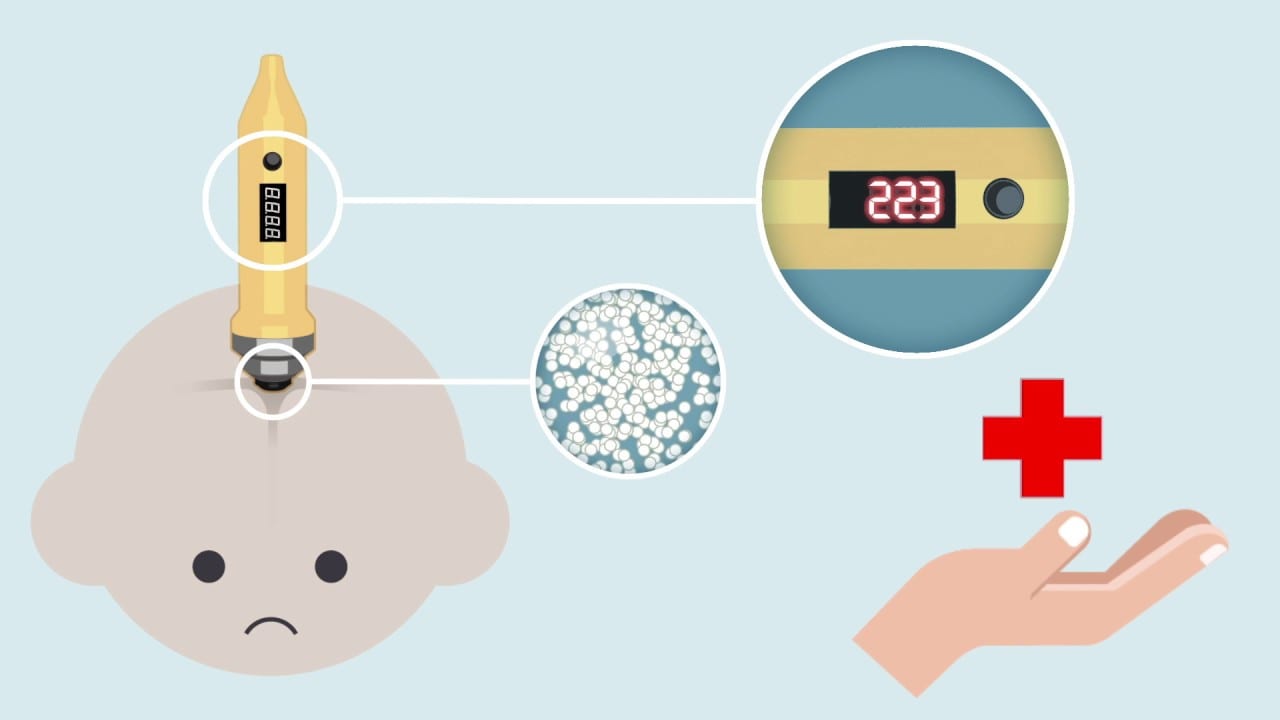
NBS
The first non-invasive device for testing for meningitis in newborn infants. Banishing concerns about a potentially miscarriage from the former testing approach.
I name only few of the things that struck me, but many other offerings designed to revolutionize the health industry in packaging, manufacturing and services were featured in booths.
The thing I noticed, was the lack of storytelling and personalization of these offerings. Every booth was focused on the rational benefits of the product, with huge images of their logos, never touching on the emotional needs of a person-be they doctor, patient, or technician. A basic understanding of the behavior insights of the people for which the innovation would help improve life, would quickly integrate these products into our lives. So many of the stories need to be experienced through their purpose, not just through their performance capabilities. A purpose that would lead to the right story arcs so that preference would be established. I found myself asking at each booth the same questions, what inspired this to be developed? Who is it going to help? What are your roadblocks to success? What is your story?
The other interesting thing to me were the presentation topics that were on the agenda. They were mostly around attracting and retaining qualified employees, medical device regulations and cybersecurity issues. Lots of information on the what and the whys of these topics and little to nothing on the how to approach, solve and conquer these roadblocks to success. These topics were approached without understanding the basic tenets of what drives humans to change their perception or to address their fears head on, through behavior science and basic culture mapping. Those that will succeed from all the innovations presented, I believe, will be those who engage in these areas and modernize their communications approach to match the spirit of the innovation of the technology. Oh, and the presentation formats themselves were so retro they looked like were made in Presenter (again a retro reference to PowerPoint’s original name).
An example of how storytelling could help would be for ilvi, told through the eyes of a nurse, swallowed whole by bureaucratic paperwork, then suddenly free to give time to each of his patients. This story would be helped by public affairs support, to push for reform and simplification and probably sell ilvi to end users. Where medical technology loses time and again is a lack of awareness of how to market to all involved in the use of the products, or at least to market to the human and emotional side of the people responsible for pushing forward change.
Stories open us to the needs we have to improve the world we live in and need to be used to advance MedTech adoption. If we want to simplify, improve, and change the way we do things in health, the missing link needs to be how technology will fit into and improve our lives, not by geeking out on design and features. Getting a CE mark and FDA approval and a distributor is key, but I would suggest that the reward for the innovation winners should be to have H+K build and tell their story.